Speaker
Description
The thorium-229 nucleus contains an low-lying isomeric state, making it accessible to laser excitation. It is good candidate for the development of a nuclear clock [Peik and Tamm, EPL 61, 181 (2003)] which will enable testing fundamental principles in physics and practical applications (see e.g. [Thirolf,- J. Phys. B 52, 203001 (2019)]). The radiative decay of the thorium-229 isomer was observed at ISOLDE-CERN in a previous experiment by populating the isomer via the beta decay of actinium-229, implanting its shorter-lived decay precursor radium-229 in large bandgap crystals and observing the isomer’s VUV photons in a dedicated spectrometer. A reduced uncertainty of the isomer’s excitation energy (8.338±0.024 eV) and a first determination of the ionic half-life (670±102 s) in MgF2 was reported [Kraemer,- Nature 617, 706 (2023)]. During the follow-up experimental campaign in July 2023, seven crystals (including MgF2, CaF2, SiO2, AlN, LiSrAlF6) were tested, the energy was determined with better precision, and the half-life behavior of the VUV signal in the different crystals was studied. Preliminary results as well as future prospects will be discussed.

